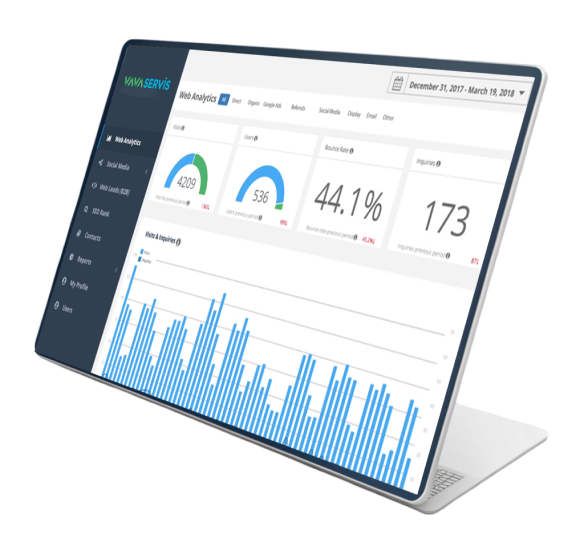Case Study

A real-time dashboard for tracking mobile inspections, built around geo-fencing and fleet performance.

A real-time dashboard for tracking mobile inspections, built around geo-fencing and fleet performance.

Vava Cars runs a fast-moving platform for buying and selling vehicles, and a big part of their service relies on mobile inspectors meeting customers on time, in the right place, with minimal delay.
But without a system for verifying job locations and driver movement, the operations team had to rely on inconsistent updates and manual check-ins. They needed a better way to track performance on the road, and reduce friction between drivers and dispatch.

Vava Cars relied on a mobile inspection fleet to evaluate vehicles directly at customer locations. While ground teams had the right tools, the operations team lacked visibility into how jobs were being completed.
Drivers could manually mark a visit as complete, even if they had not reached the correct destination, which made reporting unreliable and performance difficult to track.
There was no system to confirm whether a driver:
This gap created friction between dispatch, ground teams, and customer expectations. Reports were difficult to validate, and delays or missed visits couldn’t be easily resolved.
The client had IoT tracking hardware installed across the fleet, but without an interface to surface or verify that data in real time, it wasn’t actionable.
The team needed a way to connect location data with real-world activity and make it visible in real-time. This meant building a system that could:
They weren’t looking for a heavy system; they just needed one that worked in the background, provided the right people with access to clean data, and supported fast decision-making daily.

We worked closely with the Vava Cars team to design a lightweight system that connects ground activity with real-time insights. All are designed to integrate seamlessly with existing IoT hardware and operations.
Created a daily geo-fence builder that lets dispatch define customer zones. Drivers could only log a visit if they were physically inside the boundary, ensuring location accuracy without relying on manual updates.
Built a responsive web dashboard that shows active units in real time. Teams can see which drivers are en route, which visits are complete, and whether anyone is off-route or idle longer than expected.
Connected directly with Vava Cars’ existing tracking devices to pull clean, reliable data into the dashboard, including location, timestamps, and task progress, without extra manual reporting.

The system didn’t try to change how the team worked. It supported what was already in motion. Instead of layering in complexity, it made key tasks easier:
Everything built into the system had a reason: reduce second-guessing, shorten feedback loops, and help the team move faster with less overhead. That’s what made it stick.
You don’t need to have everything mapped out. We’re happy to take a look, ask the right questions, and help you explore what’s possible.
Let’s Talk Today